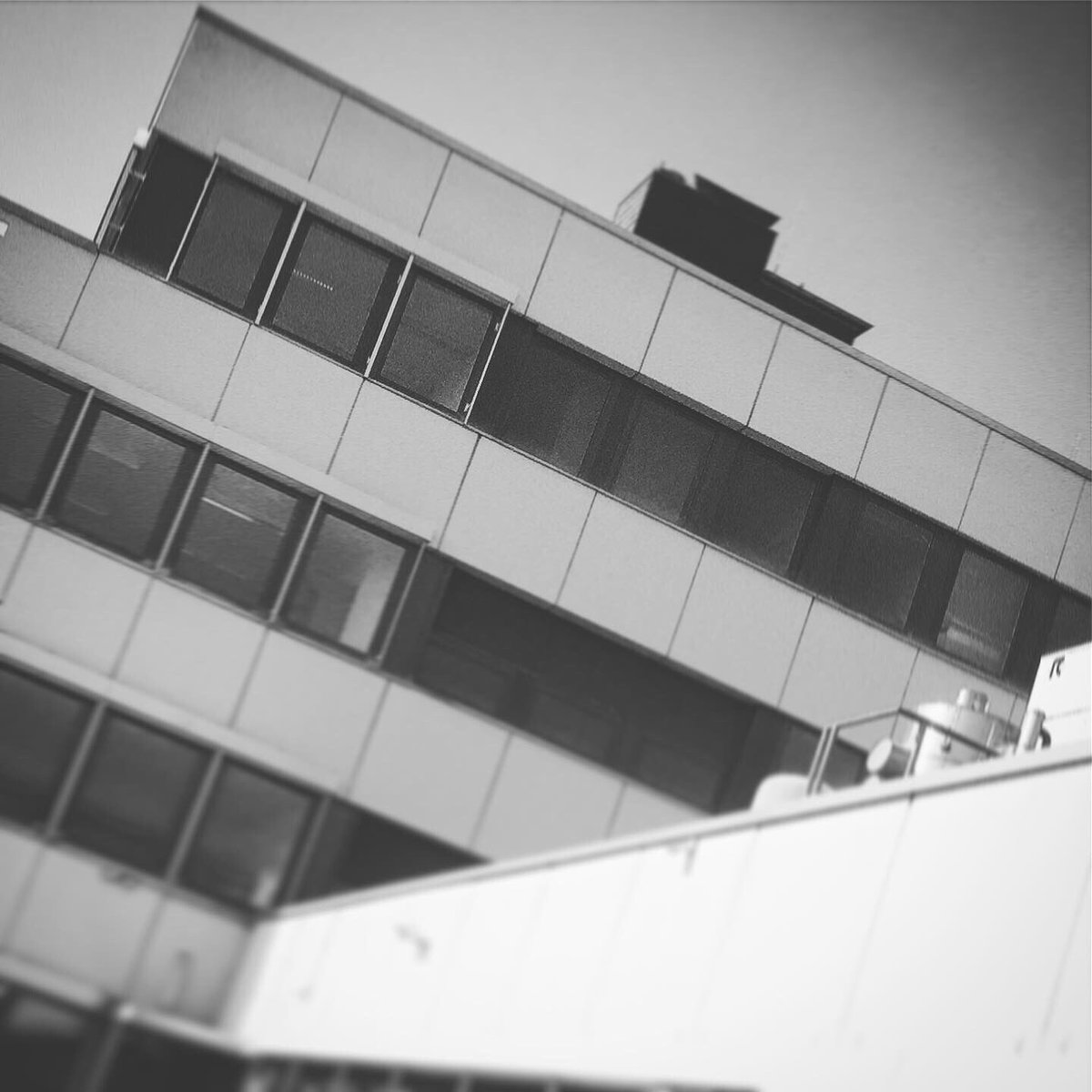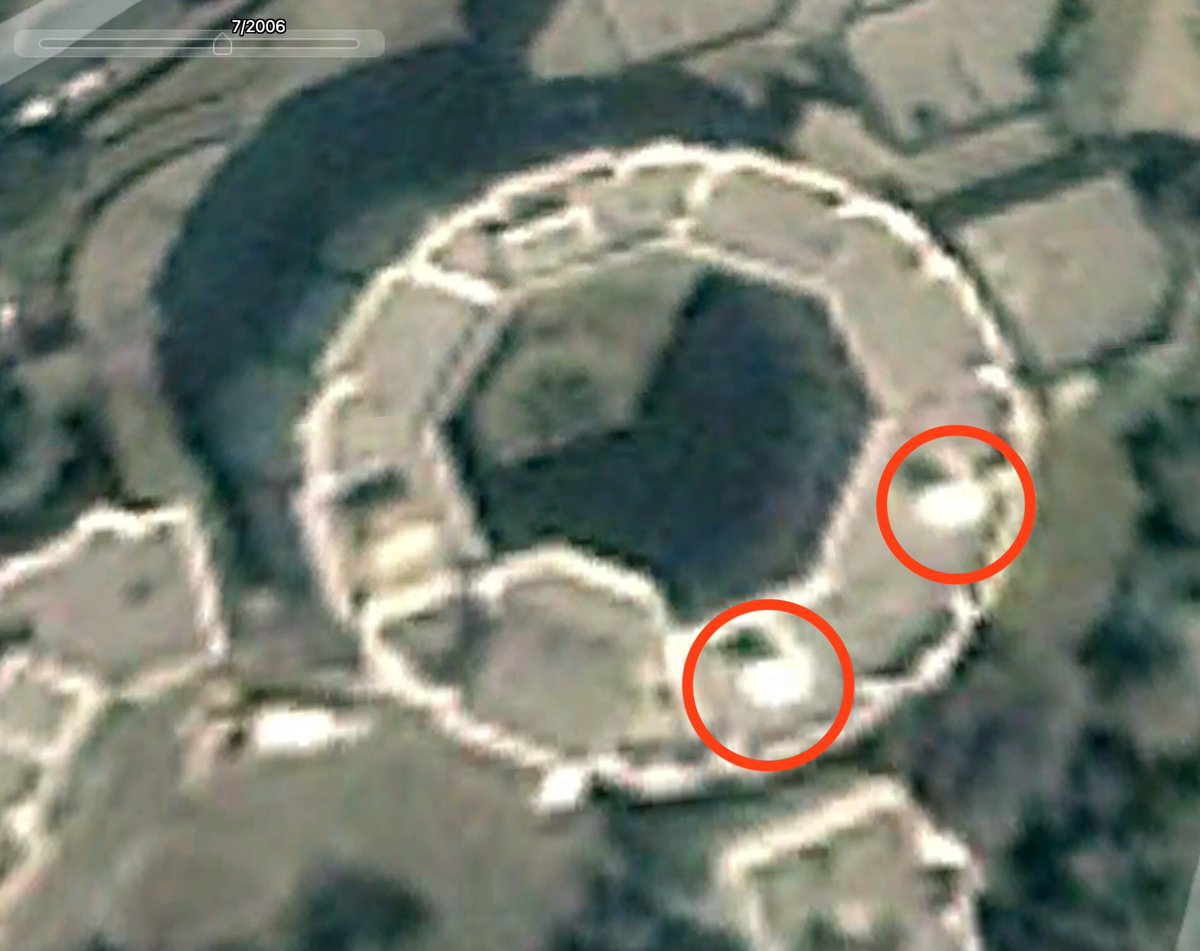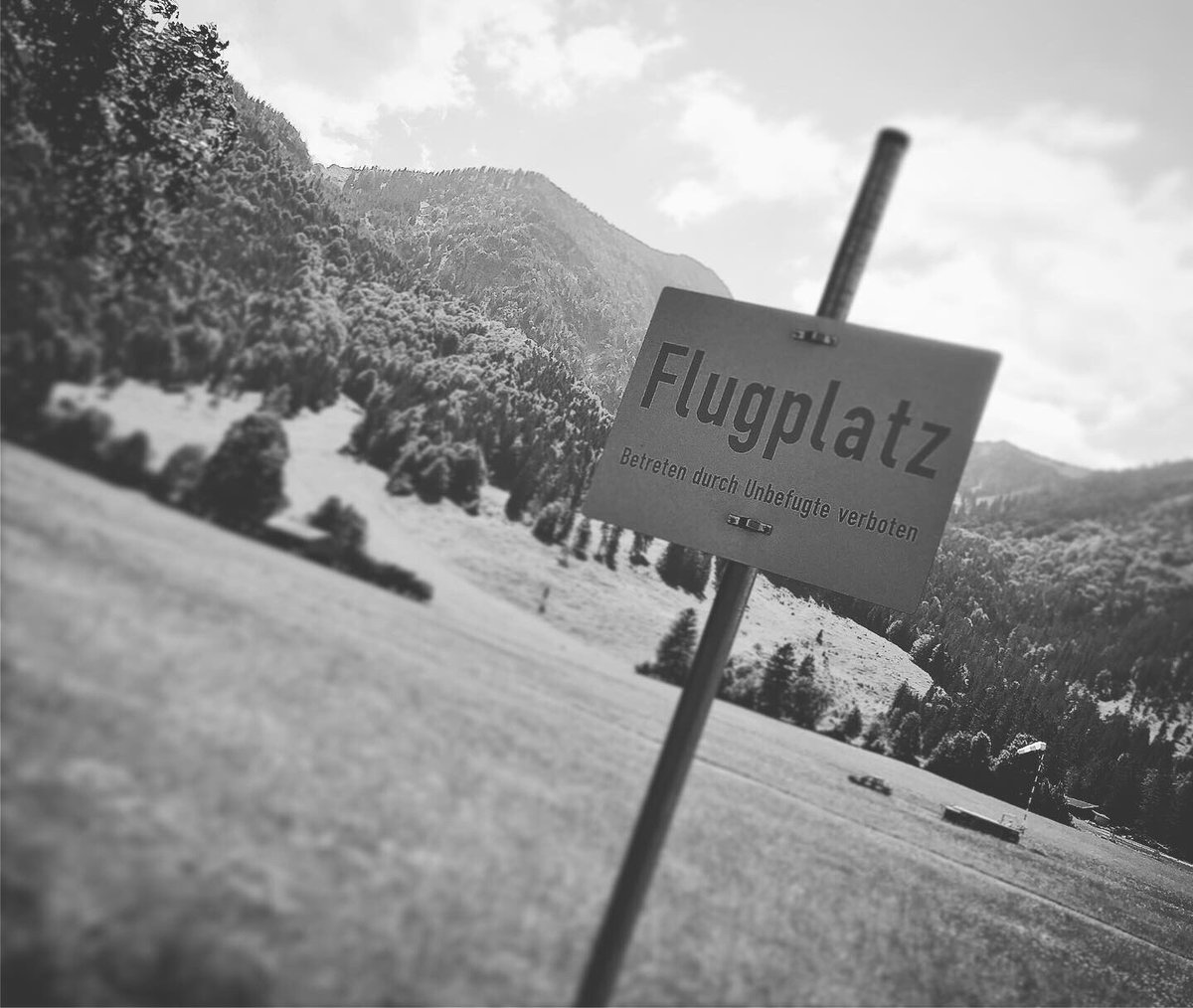
Russian cultural institutions raise eyebrows in Western counterintelligence. Not without reason. They are seen as a gateway for #SVR #GRU and #FSB. The A.S. Pouchkine Cultural Centre 32, rue Goethe in Luxembourg is also suspected of espionage. A few interesting details 1/10
https://twitter.com/wort_lu/status/1585215535121309696
In an undated interview, former Rossotrudnichestvo official Tatiana Poloskova criticises the cultural institution's involvement with intelligence services. Poloskova is a political analyst and state advisor of the Russian Federation. She knows Putin's power apparatus 2/10
Tatiana Poloskova: "Everyone knows that they are from the #FSB. Of course, no one wants to say that, but in the host countries this label is firmly attached to them. I think this is not so much the result of propaganda as a mistake in our personnel policy“ 3/10 

Poloskova talks about Rossotrudnichestvo as a "safe roof and quiet place" for #FSB and #SVR - despite „rivalries" between Foreign Ministry and intelligence services. The interview 4/10: regiondv.com/rysskii-gambit…
The name Vladimir Sokolov also comes up. He was the head of the Pouchkine Cultural Centre in Luxembourg . She mentions a long list of names with #FSB connection. Among them Yuri Zaitsev, long-time director of the Russian Cultural Centre in Vienna 5/10 @thomas_riegler 





There are numerous media reports about Vladimir Sokolov's activities between Russia and Luxembourg. Among them this one 6/10 : english.spbstu.ru/media/news/int…
Western intelligence services see these cultural institutions as a cover for Russian intelligence activities in Europe. They are under constant observation. Paris example 7/10👇
https://twitter.com/LCueilleur/status/1515306677523857417
Also in the USA #Rossotrudnichestvo is seen as a spy base under cultural cover 8/10👇 politico.eu/article/mariia…
The Russians in Luxembourg - a long history of espionage 9/10 👇
https://twitter.com/lcueilleur/status/1321060510679420929
On the hunt for diplomatic pouch 10/10 👇
https://twitter.com/lcueilleur/status/1575818300562579456
• • •
Missing some Tweet in this thread? You can try to
force a refresh























